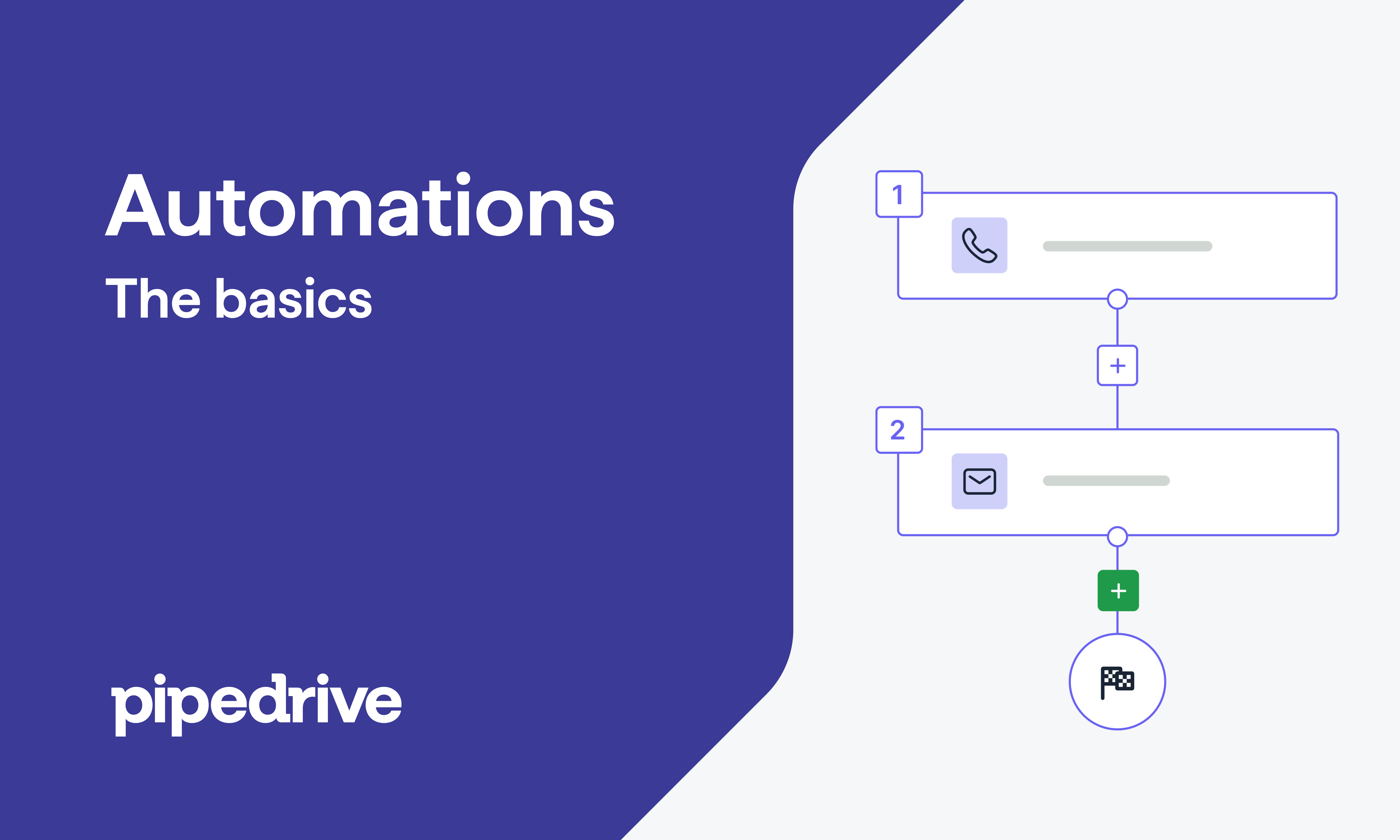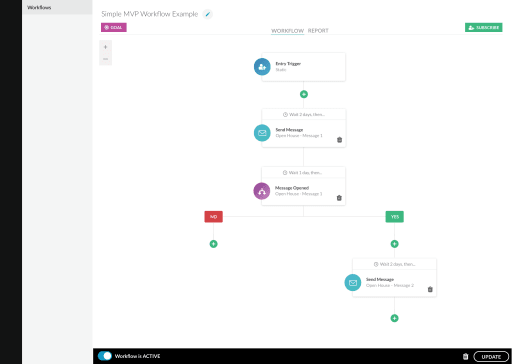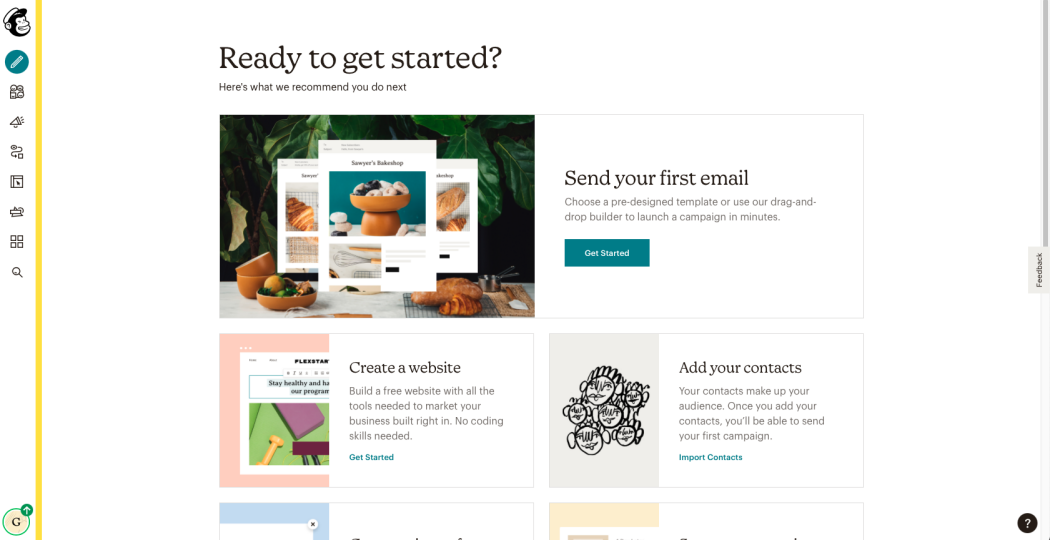
In recent years, it has become increasingly common for businesses to integrate social media feeds into their websites. This provides customers with quick access to posts from their favorite sites. It also helps build brand awareness and creates a sense of community. Keeping track of the latest social media updates can be time-consuming and cumbersome, so having an easy way to stay up-to-date with what your business is doing is crucial.
Using Sharepoint to Add RSS Feeds
SharePoint provides many features for enabling the integration of various types of content into your site. One of these is really simple syndication (RSS). This allows users to subscribe to news, blog posts, and other content on your site and receive notifications when changes are made in the content.
To enable RSS on your site, you must first make sure that RSS is turned on for the site. You can do this by clicking the RSS link in the Site Administration section of the Site Settings page.

Then, you must select the list, library, or view that you want to add an RSS feed to. You can also use the Modify RSS Settings page to customize the feed's settings, such as the title and columns.
How to Create a RSS Feed on SharePoint
When you add an RSS feed to your site, you can configure how the content will appear in an RSS reader. For example, you can set the number of items to display or how often the feed is updated. In addition, you can use views to filter or sort the feed's information.
How to Create an RSS Feed Web Part
Microsoft has introduced a web part that allows you to easily integrate an RSS feed into your site. This is a great solution for those who are looking to add this functionality to their site without having to code it themselves.
However, the web part does not look very nice and lacks support for many modern SharePoint features. It is important to familiarize yourself with the limitations of this web part before implementing it in your site.

How to Use Power Automate for an RSS Feed Web Part
If you have the RSS connector installed, you can create a Power Automation that is triggered by the connector and puts new RSS feed items into a SharePoint list. In order to make this work, you need to have a fairly simple view formatter that does the formatting.
How to Create an RSS Feed Widget on Your Site
You can create a feed widget for your site by using the SharePoint Online Web Parts Gallery. This will provide you with a wide variety of different templates that can help you achieve a look and feel for your site.
You can also create your own custom templates to match the look and feel of your site. The RSS widget is a relatively easy process to implement and is a great way to increase engagement on your site. You can even create a custom template that includes a search bar to allow users to easily find information on your site.
FAQ
How do I automate a WordPress blog post?
Automating a WordPress blog posting is publishing content automatically on your blog based upon a set schedule or events. You can do this by creating an RSS feed or using automation services that allow you to publish automated content. You will also need to set triggers. This includes when the post should go live and who should be notified. Without having to monitor your content daily, you can create rules that optimize automatic posting.
Jetpack or the Blogger Tag Editor can automate WordPress blog posts. This plugin allows for more control over automated posts. It also offers features such as customizing publishing date and time, author details and categories. You can integrate your blog to social media platforms using plugins. For example, if you push a post live, it will appear on all your social media channels.
Automating WordPress blogging needs careful setup and monitoring. Missing links or outdated information can cause poor indexing by Google and other search engine. This could result in lower ranking, as well as customer retention loss. Website visitors who depend on regular news updates and subscription emails about topics they are interested in can benefit from timely data delivery from outside sources.
Automated WordPress blogging platforms allow publishers to save time and reduce costs while still producing quality content that keeps their customers engaged. Automated blogging solutions may not guarantee success but can bring benefits such as cost savings and better customer engagement.
WordPress marketing automation can be used to automate many aspects of digital marketing. Automation tools can be used to manage email campaigns, social media posts, and other online activities. With personalized messages for each recipient, automated emails can be sent on a consistent basis. You can schedule automated social media posts in advance to ensure maximum engagement. Automated analytics are a way for marketers to track their campaigns' performance and make datadriven decisions. Automating mundane tasks helps businesses save time and allows them to spend more on creative activities.
Marketing automation can also allow customers to customize their experiences. Businesses can use automation tools to determine customers' preferences and interests. This allows them to target their audience with relevant content and offers. You can send personalized emails to customers based on their browsing history or past purchases. You can tailor automated social media posts to specific audiences. Businesses can use automated analytics to track their campaigns' performance and make data-driven decision.
The conclusion is that marketing automation is a powerful tool for digital marketers who want to reduce the time it takes to manage their marketing campaigns. Automation tools allow you to easily manage your email campaigns, social posts, and other online activities. Automation also helps businesses save time by automating mundane tasks, freeing up resources for more creative activities. Automating repetitive tasks can help businesses personalize customer experiences. This allows them to offer content and offers that resonate more with their target audience.
What are the benefits of WordPress Marketing Automation?
WordPress marketing automation provides many benefits for businesses. It helps to save time and money by automating mundane tasks, such as data analysis and segmentation. Automating repetitive tasks like data analysis and segmentation can help businesses create personalized content that will increase customer engagement, improve conversion rates, and ultimately lead to increased sales. To measure campaign effectiveness over time, marketers can also track website activity and ROI performance.
WordPress marketing automation also enables businesses to create automated lead nurturing workflows, set up powerful triggers to send emails based on specific visitor activities, and customize customer journeys with personalized messages. This allows businesses to build customer relationships and loyalty. Automation also allows for more efficient communication between teams, which can help improve collaboration and productivity.
Finally, WordPress marketing automation helps businesses stay ahead of their competition by providing automated insights into customer behavior and trends. This allows marketers make better decisions regarding their campaigns and adjust their strategies quickly to meet changing customer requirements. Businesses also benefit from automation in keeping up to date with the latest digital marketing technologies and trends, such as AI (artificial intelligence) and machine-learning (ML). These tools allow businesses to target more people and create more effective campaigns.
Can you automate your tasks with SQL?
SQL is the key to automating business processes, regardless of how large or small the project may be. It automates manual steps like searching in tables or manually entering data.
Using SQL, you can quickly iterate through hundreds or thousands of records in a database table with a single command. Also, you can quickly transform data into visually appealing visualizations that are easy to understand.
SQL allows for you to access crucial information about customers, products, activities, and more by running powerful queries across structured data. This allows you to increase accuracy while decreasing the time spent on mundane tasks.
It is easy to set up automated reports that automatically refresh so that everyone doesn't miss a detail. saving valuable time that would otherwise need to be spent outside of the office. SQL is a powerful tool that can be used to track processes across departments and help teams communicate important findings.
SQL is also great for automating tasks that require complex calculations or data manipulation. SQL can be used in order to create automated processes that send out notifications and generate reports. This can streamline workflows, and ensure that everyone is updated with the most current information.
SQL can also be used for automating marketing activities, such as email campaigns or website analytics. SQL can be used for automated marketing campaigns to target certain customer segments, or to track the performance and changes of your website in real-time.
What example is there of marketing automation?
Marketing automation is technology that allows companies to automate manual marketing processes, such as answering customer emails and collecting data from websites. It also makes it possible to manage multiple digital campaigns. It can send automatic emails based a customer's behavior, segment customers into different groups, or create new contacts when someone subscribes to a newsletter. Marketing automation makes it easier to focus on what is important, which is reaching out to customers. It not only makes managing multiple campaigns easier, but automating repetitive tasks also increases efficiency.
An example of marketing automation is the use an automated email campaign for nurturing leads. This campaign involves sending multiple emails to prospects over a set period. The emails are tailored to the individual and can include content such as product information, case studies, and discounts. Automated mail campaigns let you track customer behavior and adapt your messages accordingly. You can reach more customers quickly with automated email campaigns.
Another example for marketing automation is the use of social media management. This involves scheduling posts and content across multiple social networks to reach a larger audience. Hootsuite and Buffer both offer automation tools to help you manage your accounts, schedule posts beforehand, and track your campaigns' performance. Social media automation saves time and allows you to post content at optimal times for maximum engagement. It also helps you reach more people in fewer clicks.
Marketing automation can also help create customized customer experiences. Automation tools like HubSpot and Pardot allow businesses to segment customers into different groups based on their behavior and preferences. This allows you to tailor your messages and content for each group, creating a more personalized experience for each customer. Automation allows you to track customer activity and engage so you can better understand their preferences and needs.
Marketing automation is a powerful tool which can save businesses time and increase efficiency. It can be used to automate manual tasks, nurture leads, manage social media accounts, and create personalized customer experiences.
Businesses can get a competitive advantage in the market by leveraging marketing automation. Automation can streamline processes, cut costs, and improve efficiency. Automation helps businesses reach more people in less time. It automates repetitive tasks and crosses-posts content across multiple platforms. Additionally, it allows businesses to create personalized customer experiences by segmenting customers into different groups and tailoring messages accordingly. Ultimately, marketing automation is a powerful tool that can help businesses save time and increase efficiency.
Statistics
- Marketing automation is one of the fastest-growing technologies out there, according to Forrester's Marketing Automation Technology Forecast, 2017 to 2023. (marketo.com)
- The stats speak for themselves: Marketing automation technology is expected to show a 14% compounded annual growth rate (CAGR) over the next five years. (marketo.com)
- It can help reduce administrative overheads to savings of 3.4% on average, with most companies saving between 1.5% and 5.2% (Lido). (marketo.com)
- You can use our Constant Contact coupon code to get 20% off your monthly plan. (wpbeginner.com)
- Not only does this weed out guests who might not be 100% committed but it also gives you all the info you might need at a later date." (buzzsprout.com)
External Links
How To
How can I use automation for personalizing my content marketing efforts
Automated personalized is a process that uses data-driven insight and automated technology in order to tailor content for different personas. This allows you to create customized marketing experiences that are based on the way each person interacts with your brand. Segmentation, targeting and optimization strategies can all be used to increase relevancy.
If you can tailor your content to specific audiences' needs and preferences, your brand will be more successful in engaging them. Automating processes can also help you save time so that you can concentrate on more important tasks like creating high-quality material or strategizing ways for reaching desired audiences.
Segmentation is key to personalization. You can break down your audience into smaller groups so you can target them with more precision. This process can be automated by looking at past campaign behavior patterns. You can quickly create segments based upon language, interests, demographics and even purchase history. You can then create messages that are tailored to each group, rather than just blasting the same message across all platforms.
Targeting works in conjunction with segmentation: after the audience has been split apart, it's time to get messaging right by landing attractive offers or ads in front of them at ideal times. Targeting pages or channels in an email campaign could be done by placing banners at micro-targeted locations. Data intelligence can help you go beyond traditional methods like direct mail or cold calling to find potential leads.
Optimization allows marketers make minor adjustments to campaigns over time to produce better results. Further personalizing messages to customers is possible based upon their actions. Businesses can now access powerful tools to make sure customers get customized messages by analyzing past campaigns, as well as making adjustments in real time.
Automated Personalization helps brands segment audiences quickly and optimize engagement via real-time adjustments powered through data analytics.